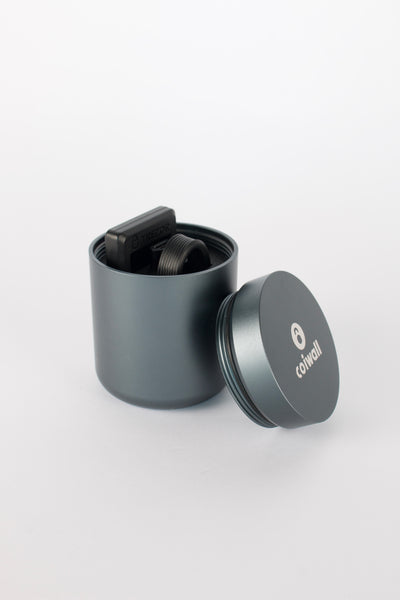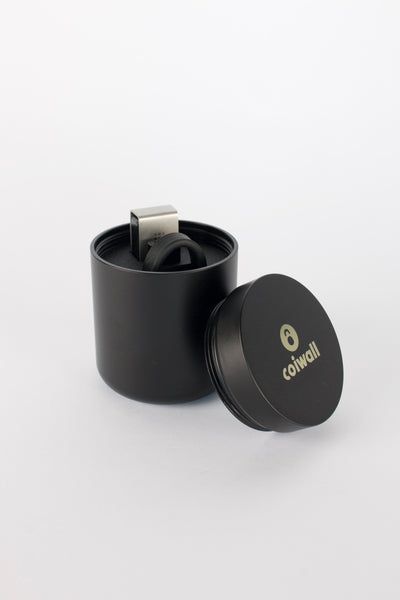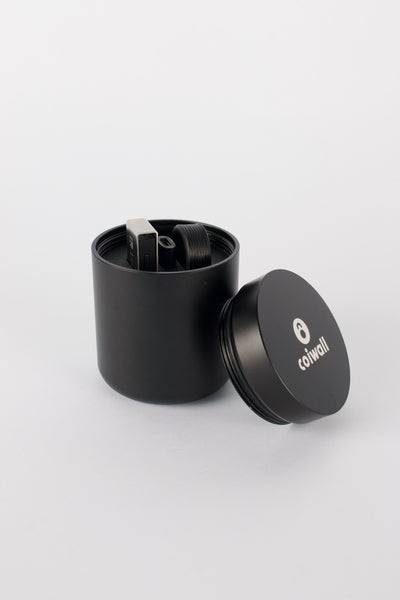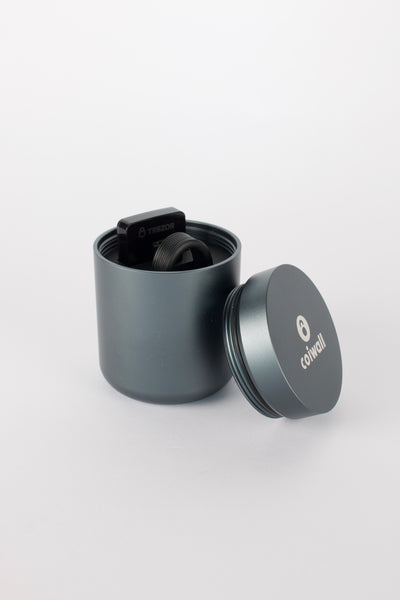Anyone who’s dipped their toes in the dizzying world of cryptocurrency knows the heart-pounding thrill of watching their digital assets grow. But let’s be real—after the adrenaline rush, there’s a nagging question. Is your treasure really safe? You wouldn’t leave a pile of cash out in the open, right? The same goes for your crypto stash.
Unlocking the Secrets of Hidden Wallets
Imagine if you could hide your wallet in plain sight. Hidden wallets let you do just that, offering an extra blanket of security beyond the usual passwords and PINs. Hidden wallets are like invisible safes in your home—only you know where to look. These nifty tools allow crypto holders to stash a portion of their funds in a wallet that’s accessible only with a secret passphrase.
With such a setup, even if a hacker gains access to your regular wallet, the hidden contents remain sealed away, safe and sound. It’s like putting your chocolate chip cookies in a box of kale (well, almost). The bad guys won’t even know what they’re missing!
Decoy Wallets: Tricking the Tricksters
Feeling crafty? Enter the decoy wallet. It’s the deliberate hare to your tortoise—meant to distract and devalue malicious attacks. If a hacker breaks into a decoy wallet, they’ll find a worthless pile of pocket change—just enough fake treasure to send them packing, cursing their luck.
Decoy wallets operate under a simple premise: redundancy. You're setting a trap with a bit of bait, ensuring your real assets remain cocooned and untouched. Armed with both hidden and decoy wallets, you’re like a magician, always keeping people guessing about which hand the coin is really in.
How Do Hidden and Decoy Wallets Work?
Let’s strip back the technical jargon for a second. In simple terms, hidden wallets require access through secondary passphrases. Think of it as a mysterious, underground chamber in a bank vault—out of sight and out of reach.
- Establish a primary wallet: Your everyday vault.
- Set up a hidden wallet: Your secret sanctuary.
- Access through unique passphrases: Keeps it under lock and key.
On the flip side, decoy wallets are all about façade. They look just like a regular wallet, with transactions, history, and all the trappings of legitimacy. The trick, though, is keeping the balance low—making the wallet look unimportant. It’s a classic case of smoke and mirrors.
The Trezor and Ledger Approach
Now, let’s talk about the titans of the hardware wallet world—Trezor and Ledger. These companies have been at the forefront, embedding these security delights into their devices. But then, how do these brands pull off such Houdini-like acts of digital magic?
Trezor’s Hidden Wallets: Trezor offers the option for multiple hidden wallets on the same device. With a personalized passphrase, each hidden wallet is its universe. Only the right passphrase will reveal the magic, keeping sneaky fingers at bay.
Ledger’s Secure Solutions: Ledger not to be outdone, mirrors the concept with its own version of advanced security. While not explicitly marketing ‘hidden’ wallets, Ledger’s layered security approach means their devices are a fortress.
Real World Scenarios—Where Do Hidden and Decoy Wallets Fit?
Picture this: you live in a place where crypto regulations sway like a branch in the wind. Having a tucked-away hidden wallet could be your hedge against unforeseen confiscation or regulatory hiccups. In environments where safety is shaky, these tools offer a peace of mind, like carrying a digital wallet version of a self-defense class.
Furthermore, if you're in a situation where you must reveal assets voluntarily—be it for compliance or scrutiny from authorities—decoy wallets serve up a safe 'disclosure.' You can show what’s inside without revealing the full treasure trove.
The Balancing Act of Security
Before you jump onto the hidden wallet bandwagon, a note of caution. Storage isn’t just about fancy gadgets and mystical passphrases. There’s a psychological aspect too. Maintaining multiple wallets requires meticulous record-keeping. You don’t want to forget that secret passphrase—it’s as good as leaving your keys beside a locked door.
Balancing these security solutions involves a mix of vigilance and pragmatism. It’s like walking a tightrope—you’ve got to keep your eyes on the endpoint while managing the steps in between. Trustworthy backups are crucial. After all, there’s no ‘Forgot Password’ option in the world of offline keys and secret compartments.
When Security Becomes a Mindset
Shifting to advanced security solutions requires a mindset shift more than anything. You won’t need mind-boggling tech skills—but maybe a touch of patience and planning. It all boils down to thinking ahead, like remembering to pack sunscreen for a beach holiday.
With hidden and decoy wallets, the stakes change. They aren’t merely about tech; they’re about trust and foresight, offering a new level of protection as you stride into the crypto landscape. Who knew digital lockers could be so artful?
As you ponder on security measures, keep the conversation open, learn, and adapt. After all, your digital currency deserves nothing less than the best kind of guardianship you can muster. Secure your wallet, protect your assets, and most importantly, stay curious.











